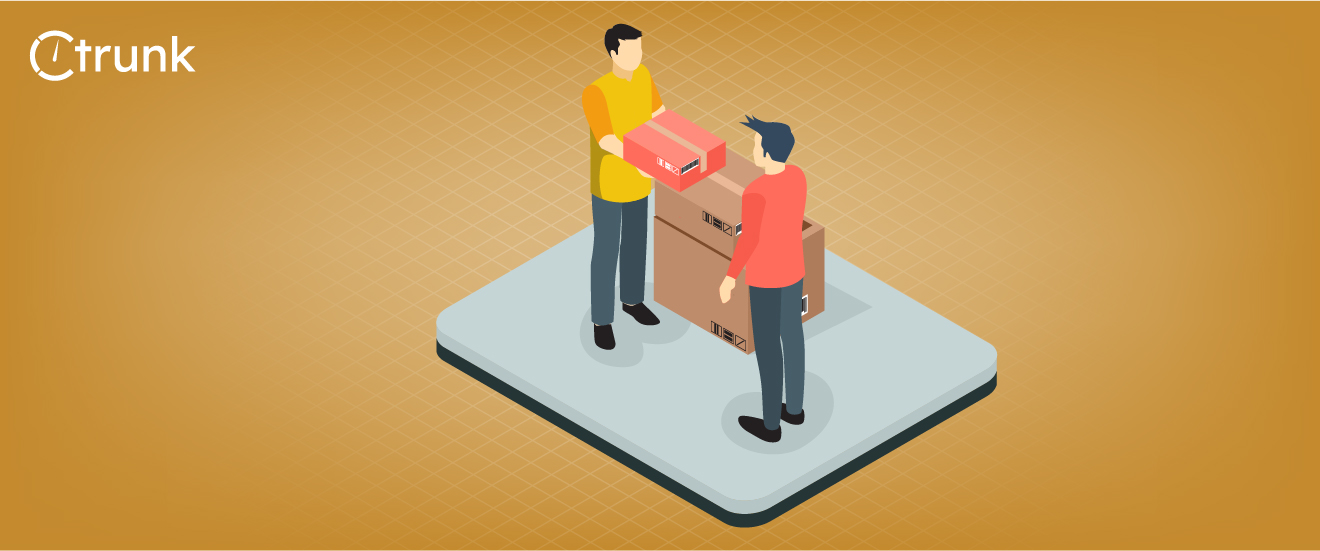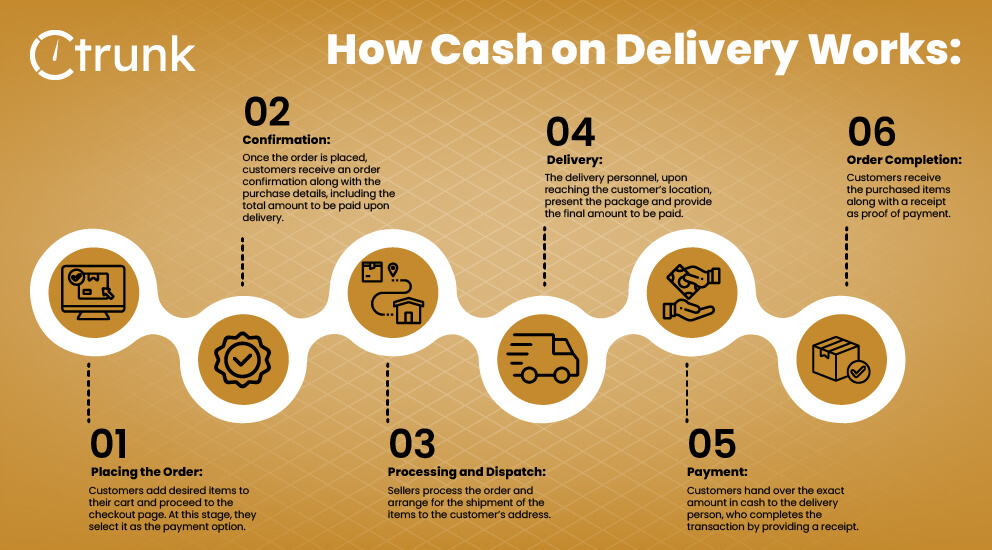Logistics Accounting: Best Practices To Follow

In the realm of e-commerce, various payment methods have emerged to cater to diverse customer preferences. Cash on Delivery (COD) is one such method that has gained substantial popularity, especially in regions where online payment options are limited or not widely adopted. This article delves into the intricacies of Cash on Delivery, clarifying its functioning and highlighting its advantages and disadvantages.
When customers opt for Cash on Delivery as their preferred payment method during an online purchase, the process unfolds as follows:

Customers add desired items to their cart and proceed to the checkout page. At this stage, they select it as the payment option.
Once the order is placed, customers receive an order confirmation along with the purchase details, including the total amount to be paid upon delivery.
Sellers process the order and arrange for the shipment of the items to the customer’s address.
The delivery personnel, upon reaching the customer’s location, present the package and provide the final amount to be paid.
Customers hand over the exact amount in cash to the delivery person, who completes the transaction by providing a receipt.
Customers receive the purchased items along with a receipt as proof of payment.
Cash on Delivery COD offers several advantages for both customers and sellers. Let’s explore some of the key benefits:
It provides convenience to customers who either lack access to credit or debit cards or prefer not to use them for online purchases. It allows them to make purchases without concerns about online transactions or divulging sensitive financial information.
COD offers an additional layer of security for customers as they pay only after receiving the products. This helps foster trust between the buyer and the seller, particularly for first-time or skeptical customers.
For sellers, COD mitigates the risk of fraudulent transactions or chargebacks since the payment is made in cash upon delivery. This safeguards their business from potential financial losses.
While Cash on Delivery presents its advantages, there are certain limitations that both customers and sellers should consider:
COD often entails supplementary expenses, such as delivery charges or handling fees, borne by the seller. These costs can impact the overall pricing of products or services.
[Check out our blog on how to manage logistics costs.]
Since customers have the option to refuse delivery or cancel the order when paying in cash, sellers may face challenges in managing inventory and handling returned items.
Cash on Delivery is not universally available across all regions or for all online stores. This can restrict the customer base and sales potential for businesses that solely rely on this payment method.
To ensure a seamless experience when utilizing Cash on Delivery, consider the following tips:
Before placing an order, thoroughly review the product details, including size, color, quantity, and any additional specifications, to avoid discrepancies or misunderstandings upon delivery.
It is advisable to have the exact amount of cash ready for payment, as delivery personnel may not always carry sufficient change. This expedites the process and ensures a hassle-free transaction.
Upon delivery, inspect the package and its contents before making the payment. If any issues or discrepancies arise, promptly communicate with the delivery person or the seller’s customer support.
Cash on Delivery offers a convenient payment method for customers who prefer paying in cash upon delivery. It provides security, trust, and ease of use, particularly in regions where online payment options are limited. However, it also entails additional costs and limitations for both customers and sellers.
By considering the benefits and limitations discussed in this article, individuals can make informed decisions when opting for Cash on Delivery as their preferred payment method.